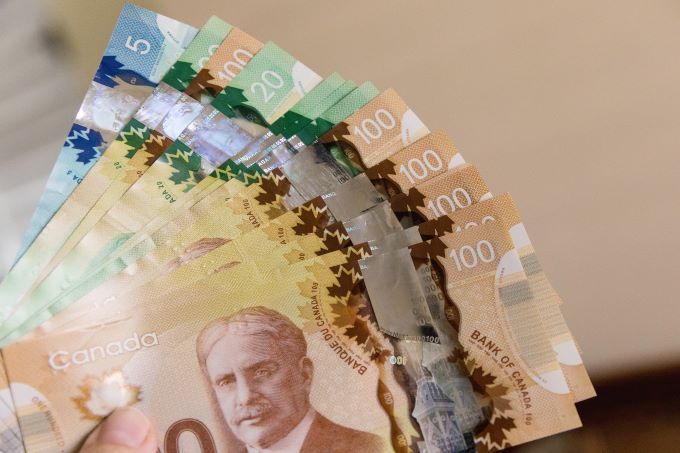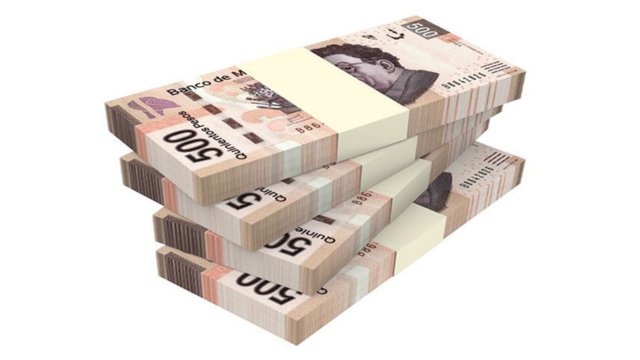The following are the most recent pieces of Forex technical analysis from around the world. The Forex technical analysis below covers the various currencies on the market and the most recent trends, technical indicators, as well as resistance and support levels.
Most Recent
During the last year, we witnessed some currencies posting strong gains in relation to the US Dollar.
Just like most other Yen crosses, the EUR-JPY has not moved much in recent weeks. That is subjective, of course, but when compared to the past couple of years, the current behavior of this pair is not impressive by any matrix.
The Japanese Yen has become a poster child for an "indecisive market". With the Bank of Japan trying to convince the world that the JPY is too strong and should weaken, while market participants are seeking perceived "safety" of the Yen.
Top Forex Brokers
In recent weeks, the British pound had been enjoying a revival. It rallied against many currencies, including the Swiss Franc, where it rebounded from its all time low.
We keep hearing about the Canadian Dollar getting stronger, with the Bank of Canada constantly claiming that poses a threat to the domestic economy. The more accurate description is that the CAD is strong, but has not really made much progress recently.
The New Zealand Dollar has been in limbo for a while. It has not been moving steadily in any particular direction, at least not against the US Dollar.
Just when it seemed that we would never see day of the Euro rebounding against the Australian Dollar, the common currency staged an impressive rally.
So far this year, the New Zealand Dollar-Japanese Yen pair has not presented many trading opportunities. The first two weeks of January brought a slow, choppy uptrend, at least as seen on the intermediate term chart.
After reaching the all time low of 1.4398, the GBP-CHF has rallied strongly.
Bonuses & Promotions
The so called “commodity currencies”, the Australian Dollar, the New Zealand Dollar and the Canadian Dollar often move in unison. However, periodically strong trends among them also develop. Such was the case in 2010 when the AUD-CAD cross rallied from 0.8570 to 1.0205.
The Swiss Franc is increasingly getting the media’s attention. Even though it weakened in relation to most other currencies, it is still very close to historical extremes. This in turn, has brought on threatening rhetoric from the Swiss National Bank. Once again, the central bank is voicing its displeasure with the strong CHF, which implies possible intervention.
In spite of good size price swings over the last couple of weeks, the EUR-GBP is still not showing a discernable trend on a long-term chart. This pair is in a process of building a huge symmetrical triangle, under development for over two years now.
Subscribe
Sign up to get the latest market updates and free signals directly to your inbox.The currencies of Australia and New Zealand have had a very interesting relationship lately. In the later part of 2010, the AUD-NZD rallied almost 900 pips, only to be followed by an over 600 pips sell off. These are large moves for this pair, especially considering that they happened during an only three months time span.
The Australian Dollar appears to be no longer the dominant currency from just couple of weeks ago. It has retreated from the all time high against the US Dollar and slipped in relation to most other active currencies. The AUD-JPY pair is no exception.
The ever-popular “cable” as the GBP-USD, is typically one of the more volatile currency pairs available for trading. With its strong moves and sudden turns, it provides plenty of trading opportunities, on both short and long-term time frames.



